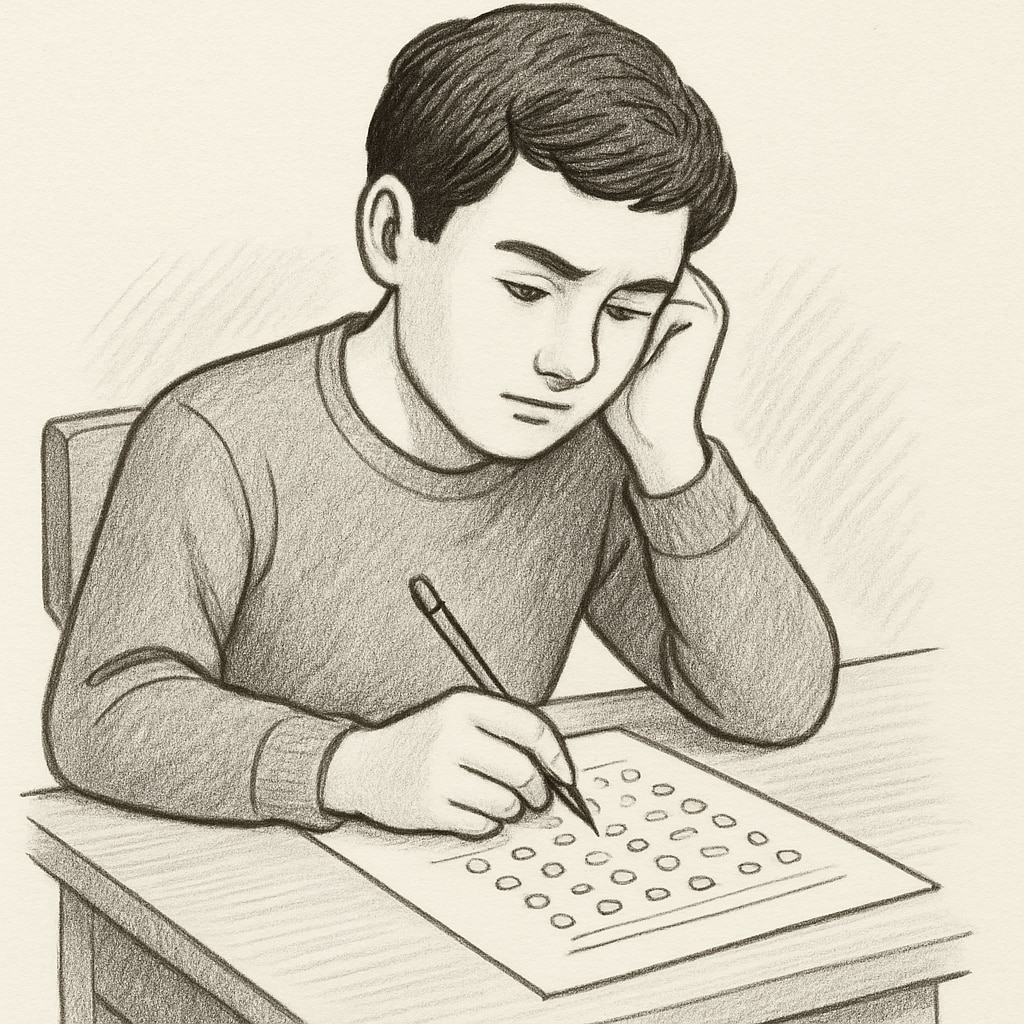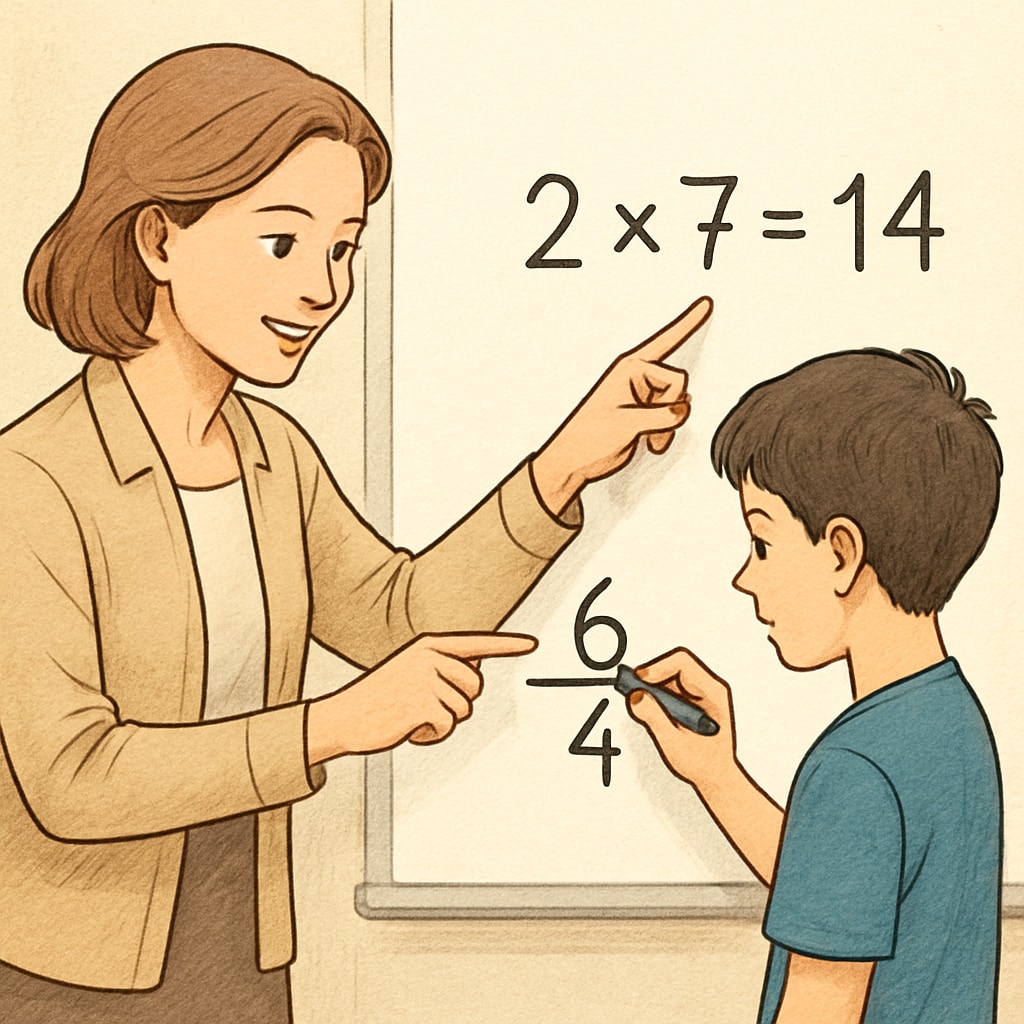Math anxiety, especially during multiple-choice exams, is a common challenge faced by students worldwide. The pressure to select the correct answer combined with a fear of failure can lead to overwhelming stress and hinder performance. In this article, we explore the psychological mechanisms behind math anxiety, share a real-life story of a 17-year-old transfer student, and provide actionable strategies to help students overcome this form of exam pressure.
Understanding the Roots of Math Anxiety
Math anxiety isn’t just a dislike for numbers; it’s a psychological response that can trigger physical symptoms such as sweating, rapid heartbeat, and difficulty concentrating. For many students, this anxiety intensifies during multiple-choice exams, where the need to analyze several options simultaneously can feel overwhelming. According to research on mathematics anxiety, this condition often stems from negative experiences, lack of confidence, or societal pressure to excel academically.

Real-Life Example: The Story of a 17-Year-Old Transfer Student
Take the case of Emily, a 17-year-old transfer student who struggled with math anxiety after moving to a new school. In her previous environment, she was labeled as “bad at math,” which led to a deep-seated fear of failure. Upon attempting multiple-choice math exams in her new school, Emily found herself second-guessing every answer, leaving questions blank, and even experiencing panic attacks.
Emily’s story is not unique. Many students face similar challenges, but her turnaround offers hope. By focusing on cognitive restructuring and exam-specific strategies, Emily was able to regain her confidence and improve her scores dramatically.
Strategies to Overcome Math Anxiety in Multiple-Choice Exams
Here are several strategies to help students like Emily manage math anxiety and perform effectively during exams:
- Practice Mindfulness: Techniques such as deep breathing and meditation can help calm the physical symptoms of anxiety and improve focus.
- Cognitive Restructuring: Challenge negative thoughts like “I’m bad at math” and replace them with affirmations such as “I can solve this problem step by step.”
- Familiarize with Question Formats: Understanding how multiple-choice questions are structured can reduce uncertainty and build confidence.
- Elimination Method: Narrow down choices by eliminating the clearly incorrect answers first. This simplifies the decision-making process.
- Simulate Exam Conditions: Practice under timed conditions to get accustomed to the pressure of the actual test.

Rebuilding Confidence: Turning Anxiety into Strength
Confidence comes from preparation and perspective. Students can rebuild their confidence by focusing on progress rather than perfection. For example, Emily began celebrating small victories, such as solving a question she previously found difficult. This positive reinforcement encouraged her to tackle increasingly challenging problems.
Additionally, seeking help from educators or peers can provide valuable insights and emotional support. According to education experts, collaborative learning environments can significantly reduce anxiety by fostering a sense of shared responsibility and encouragement.
Math anxiety doesn’t have to define a student’s academic journey. With the right mindset and strategies, it’s possible to shift from fear to mastery. The journey toward overcoming anxiety is not just about improving grades—it’s about fostering resilience and self-belief.
Readability guidance: This article uses short paragraphs, clear headings, and actionable advice to ensure accessibility for readers. Lists and examples provide structure, while overuse of passive voice and long sentences are avoided to maintain engagement.


